Sylvania LED Lamps



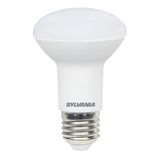

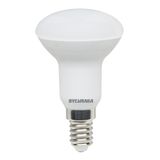

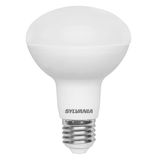
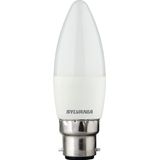

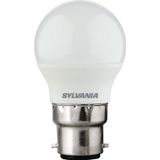
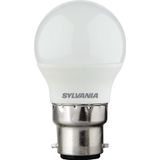

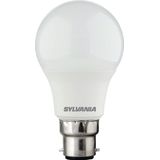
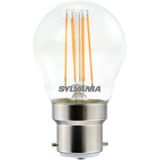
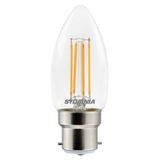
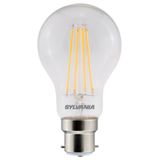
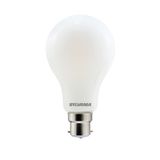
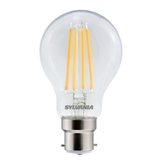
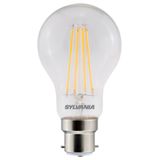

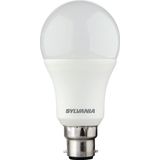
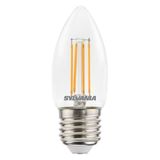

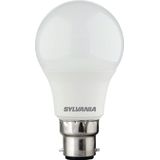
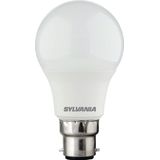
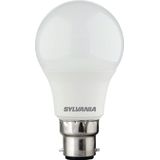

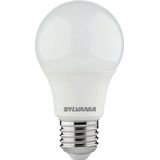
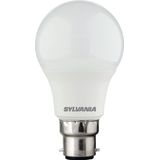
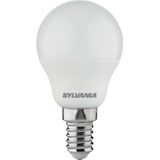

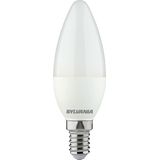


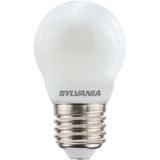
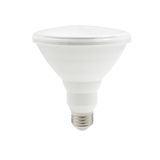

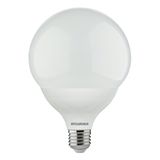

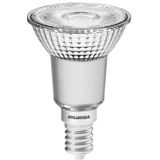

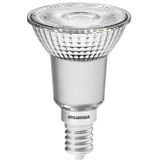
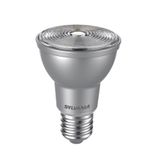
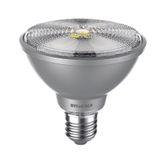
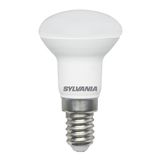
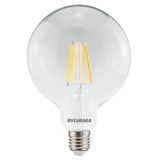

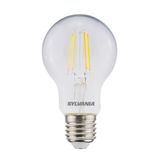


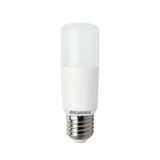
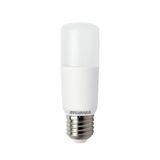
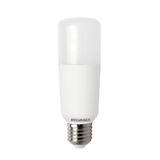
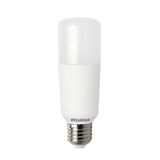

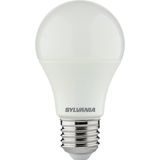
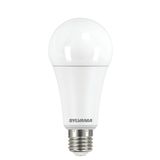
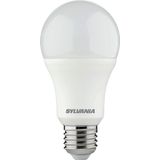
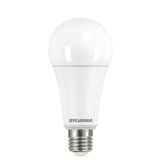
sylvania led lamps for professional projects
Sylvania’s retrofit and OEM lines are built for predictable commissioning and clean handovers. Bodies follow EU practice on 220–240 V AC, 50/60 Hz; photometric bins are tight for colour consistency across phases; terminals and caps match common fixtures so crews aren’t forced into adapters. Typical metrics: efficacy 105–145 lm/W (model dependent), CRI 80 standard with CRI 90 options, CCT 2700–6500 K, MacAdam ≤3 SDCM, PF ≥0.9, THD ≤15% on mains-operated types, surge 1–2 kV L–N. Lifetime sits at L70/L80 25,000–100,000 h with LM-80/TM-21 projections, and thermal paths are sized to keep junctions stable in enclosed luminaires. For programmes that repeat room types, sylvania led lamps help standardise outputs, optics, and interfaces without reworking drawings.
sylvania led bulbs range and formats
Caps and bases cover E27/E14 screw, GU10 mains twist-lock, G9, and 12 V MR16 (GU5.3) where transformers remain; linear retrofits include G13 T8 LED tubes with single- or double-ended feed. Output bands run ~250–800 lm for decorative points and 900–1,500 lm for A-class general lamps, with beam sets from 24° spots to 120° floods. Glass and shatterproof polycarbonate envelopes are both available for hospitality and schools. Installers use sylvania led bulbs when they need drop-in replacements that respect luminaire geometry and keep glare under control.
sylvania smart led lighting controls and connectivity
Wireless nodes support Bluetooth® mesh for small floors, while DALI-2 drivers and accessories cover addressed projects with scene recall and daylight tracking. Commissioning apps clone parameter sets across rooms; IR tools remain available where phones are restricted. Presence/daylight logic can run locally in the lamp or upstream in the group controller. When tender notes specify sylvania smart led lighting, expect clean pairing with wall keys, sensors, and gateways so occupancy, manual override, and emergency testing don’t fight each other.
sylvania energy saving lamps efficacy and compliance
Energy classes depend on optical package and drive current, but high-efficacy SKUs routinely exceed 120 lm/W in neutral whites, with standby draws trimmed for presence/daylight operation. Thermal limits are declared for enclosed luminaires; operating window commonly −20…+40/50 °C. Safety and performance follow IEC/EN practice: IEC 62560 self-ballasted lamps, EN 62031 LED modules, EN 61347 driver safety, EN 61000-3-2 harmonics, EN 55015 emissions, and EN 62471 photobiological safety. Projects lean on sylvania energy saving lamps to close kWh targets without changing circuit topology or breaker curves.
sylvania dimmable led bulbs drivers and flicker behaviour
Dimming paths include phase-cut (trailing edge recommended), 1–10 V via matched drivers, and DALI-2 where analytics matter. Inrush and minimum load are declared so Type B/C MCBs can be sized correctly; flicker metrics (Pst LM, SVM) stay within office/education guidance when lamps run at nominal voltage and compatible dimmers. For hospitality and residential corridors, sylvania dimmable led bulbs maintain stable low-level scenes (10–30%) without shimmer when paired with driver lists validated by the brand.
sylvania decorative led lights optics and appearance
Filament-style lamps with clear or golden glass keep a heritage look while meeting modern efficacy, and opal globes deliver soft edges in diffuse shades. Colour options span 2200–3000 K for warm ambience and 4000 K for neutral reception areas; CRI 90 keeps wood and textiles honest. For wall-washers and pendants, beam shaping and shielded crowns avoid hotspots in polished finishes. Design teams tag sylvania decorative led lights where visual intent matters but maintenance wants stocked, standard caps and consistent binning.
sylvania indoor led lamps selection and mounting
Ceilings, pendants, and task heads in offices and classrooms sit around 300–500 lx targets with UGR-friendly optics; stair cores use standby dimming and corridor profiles; healthcare prefers sealed bezels and easy-wipe covers with low blue-peak options. Verify cap/base, envelope size, and heat class against enclosed housings, and record driver interface early to avoid mixed protocols. Procurement teams select sylvania indoor led lamps when they need repeatable cut-out clearances, predictable inrush, and terminals that accept 0.5…2.5 mm² copper per EN 60999.
Product range and series overview
The portfolio spans A-class general service, reflector spots (GU10/MR16) in 24°/36°/60°, candles and globes for hospitality, and linear T8 LED tubes with rotatable end-caps. Emergency-compatible versions keep lumen balance between mains and battery modes per EN 60598-2-22. Where ceilings are shallow, short-neck lamps avoid diffuser contact and thermal shadowing.
Technical specifications and standards
- Electrical: 220–240 V AC, 50/60 Hz; PF ≥0.9; surge 1–2 kV L–N; declared inrush for breaker selection.
- Photometric: 2700/3000/3500/4000/6500 K; CRI 80/90; ≤3-step SDCM binning; TM-30 data available on request.
- Thermal and IP: typical −20…+50 °C; IP20 for open fittings, higher when used in sealed luminaires; ceramic or thermally loaded plastics for hot spots.
- Interfaces: phase-cut, 1–10 V (with driver), DALI-2; Bluetooth® mesh for app-level zoning.
- Compliance: IEC 62560, EN 62031, EN 61347, EN 61000-3-2, EN 55015, EN 62471.
Applications and compatibility
Education and office floors rely on addressed groups for scenes and daylight harvesting; hotels use warm CCTs with low-flicker dimming; retail mixes high-CRI accents with neutral general light; social housing values vandal-resistant diffusers and calm restart after brief outages. Always confirm transformer type for MR16 retrofits (electronic vs magnetic), minimum dimmer load, and lamp length in enclosed domes. Cross-category tip: pair with Sylvania luminaires and control gear to keep drivers, optics, and sensors on a common platform.
Integration with other Sylvania products
Lamps slot into Sylvania fixture families where factory drivers accept broadcast or addressed control. DALI-2 scenes align with Sylvania sensors and wall keys; Bluetooth® profiles clone across floors. Emergency test routines remain upstream of dimming so monthly cycles don’t disturb presence logic.
Selection criteria for B2B clients
- Photometrics: beam angle, vertical illuminance on walls, UGR targets where grids apply.
- Electrical: inrush vs MCB curve, minimum dimmer load, PF at dimmed states, THD on shared phases.
- Mechanical: envelope diameter/length vs diffuser clearance, heat class in enclosed fittings, cap/base alignment.
- Controls: phase-cut vs 1–10 V vs DALI-2; addressed where analytics are needed, broadcast where speed matters.
- Serviceability: spare strategy by cap type, unified CCT/CRI per area, EAN/MPN locked in schedules.
Advantages of working with Bankoflamps
We align project pricing to room schedules and expose live EU stock before crews are booked. Quotes arrive in about an hour with EAN/MPN so variants stay fixed. Your portal shows lead times, shipment status, and downloadable price lists with validity windows you can plan around. Approved accounts can use post-payment up to 30 days. We consolidate partials to cut freight, and your account manager cross-checks cap/base, lumen class, beam, CCT/CRI, dimming interface, and envelope size against your drawings so cartons land site-ready. We support France, the Baltics, Germany, Spain, Italy, Belgium, and the Netherlands with tracked lead times and predictable logistics.